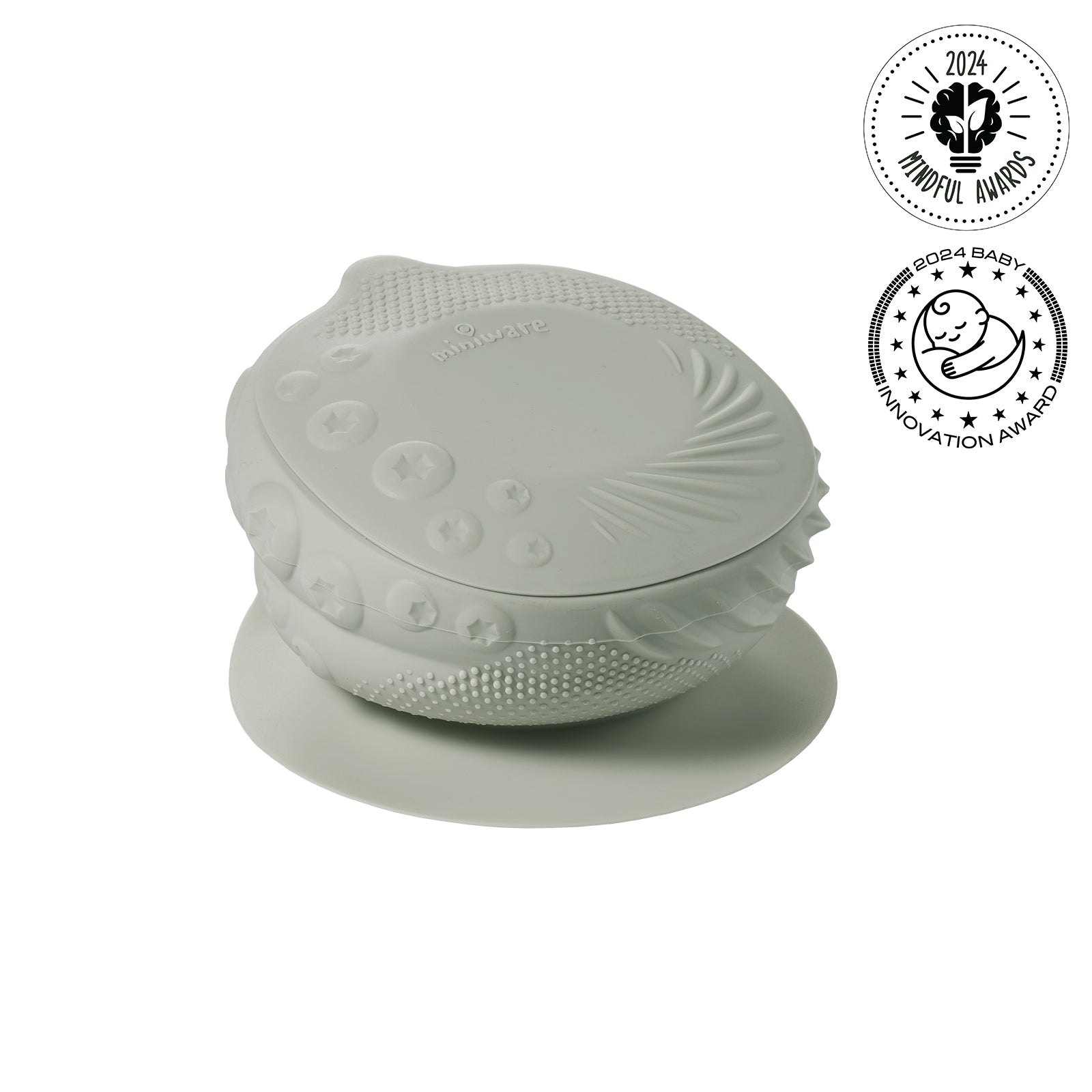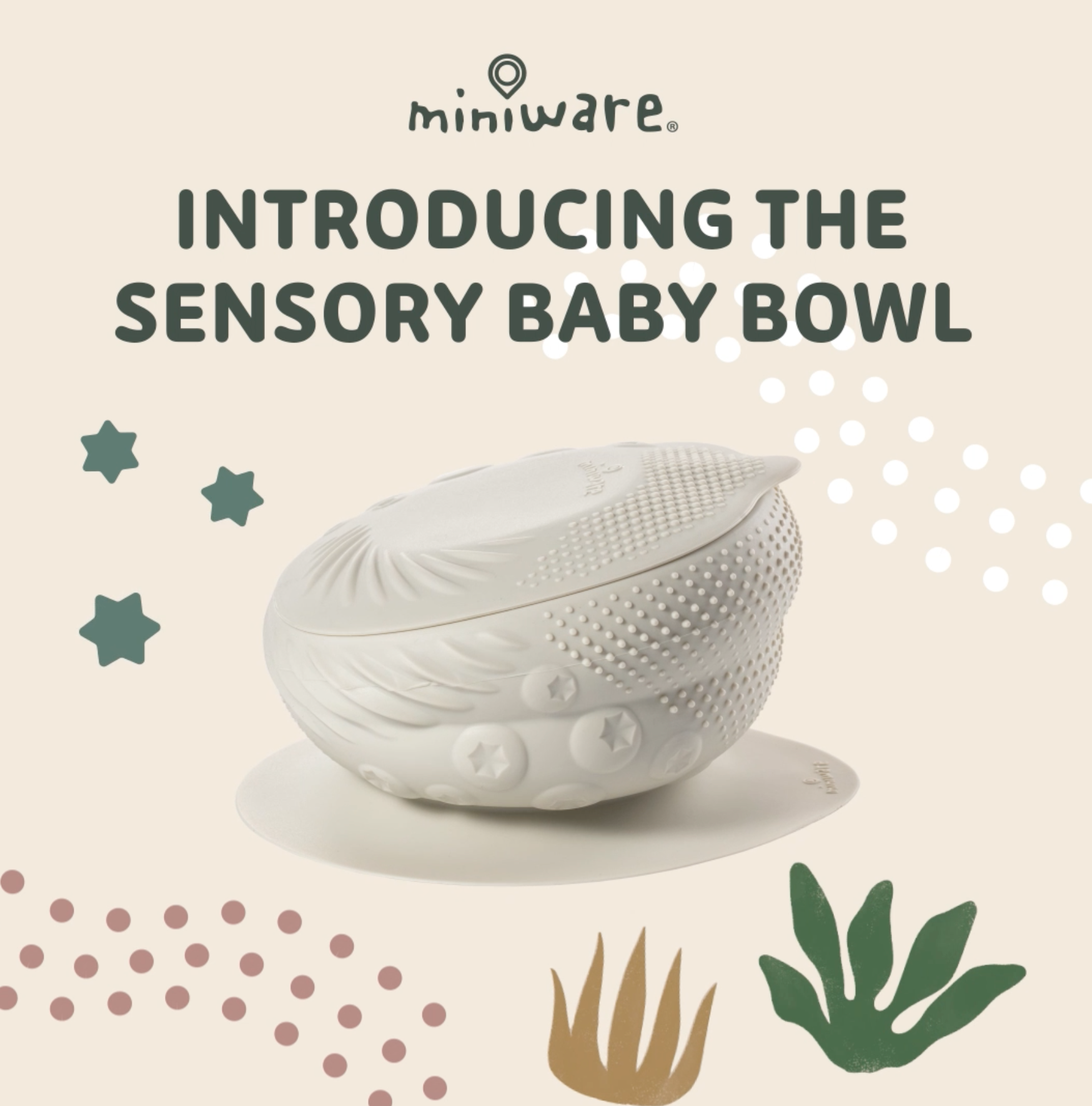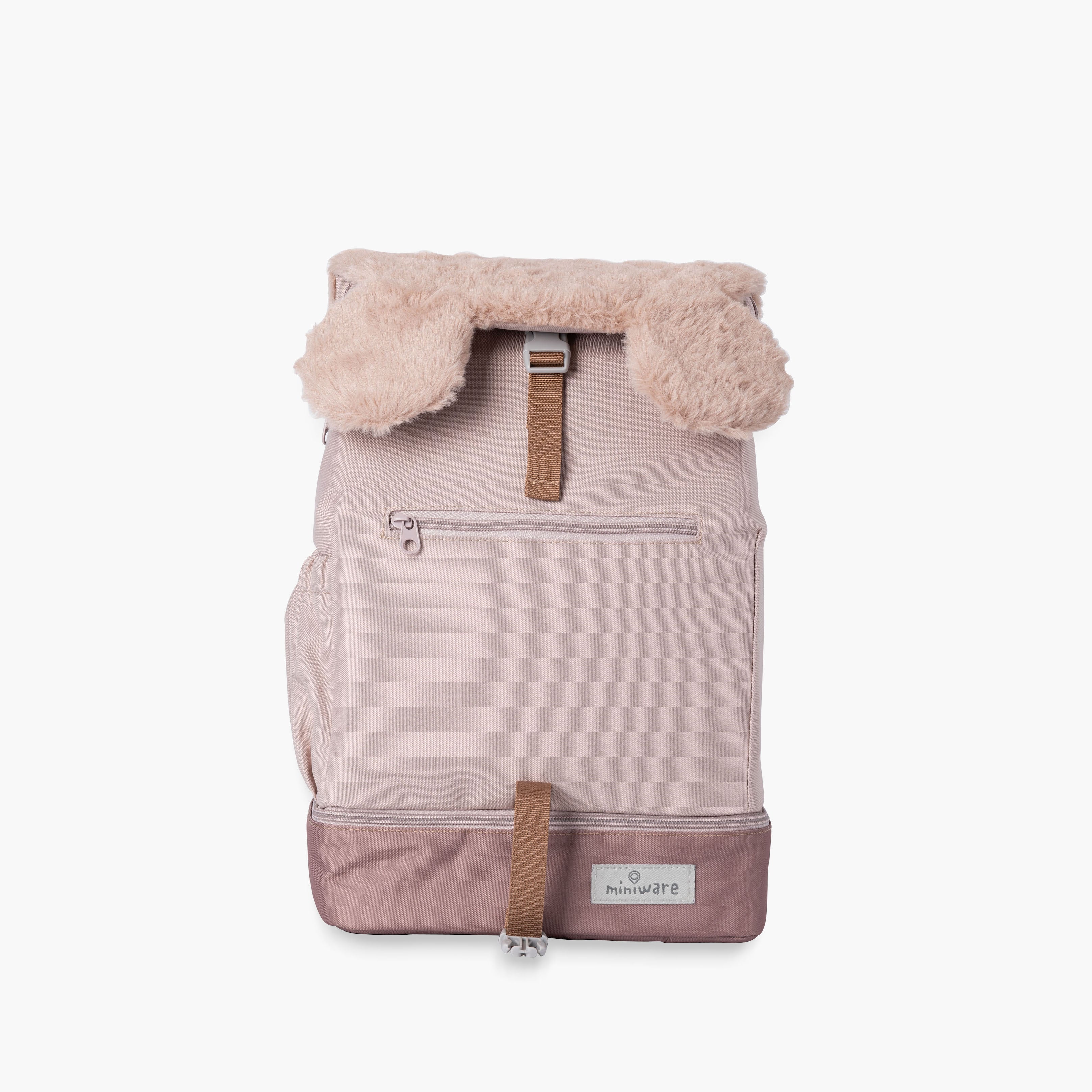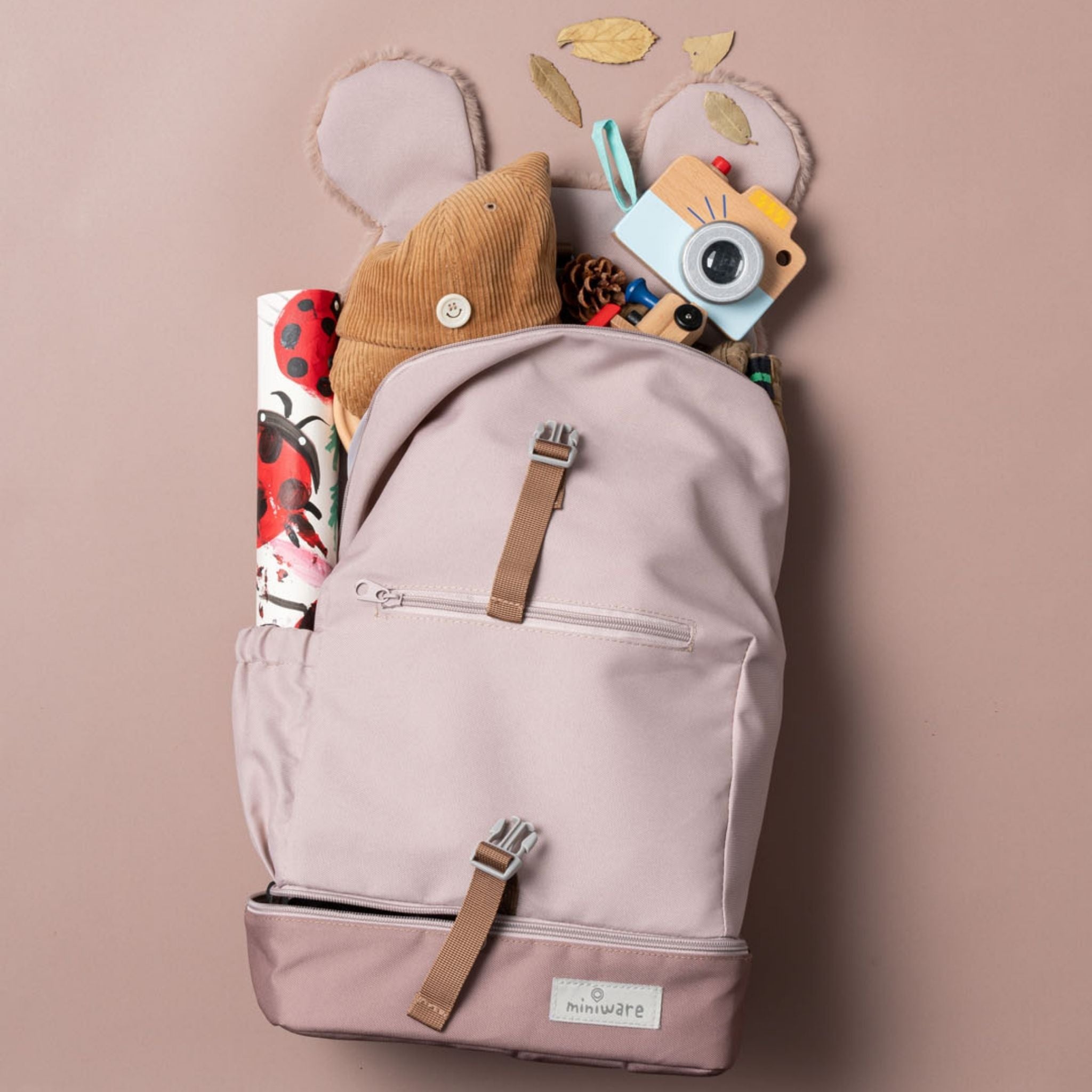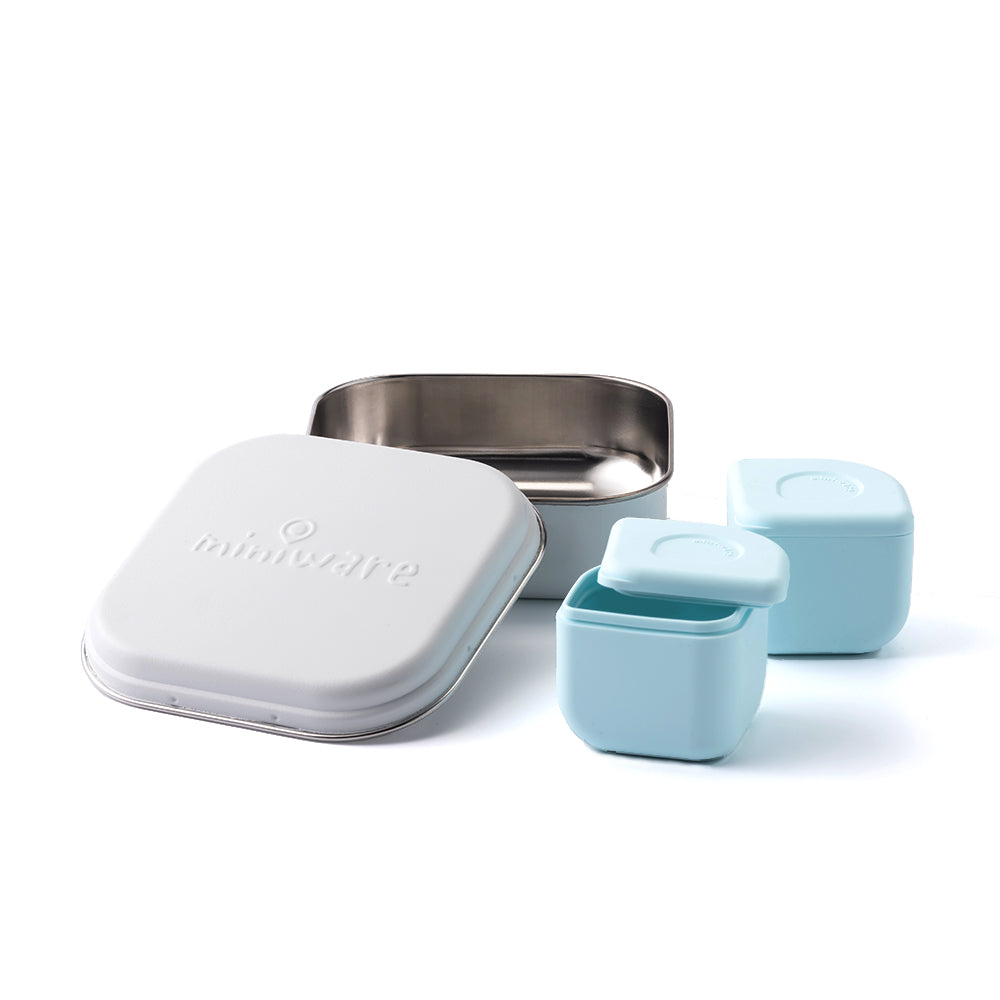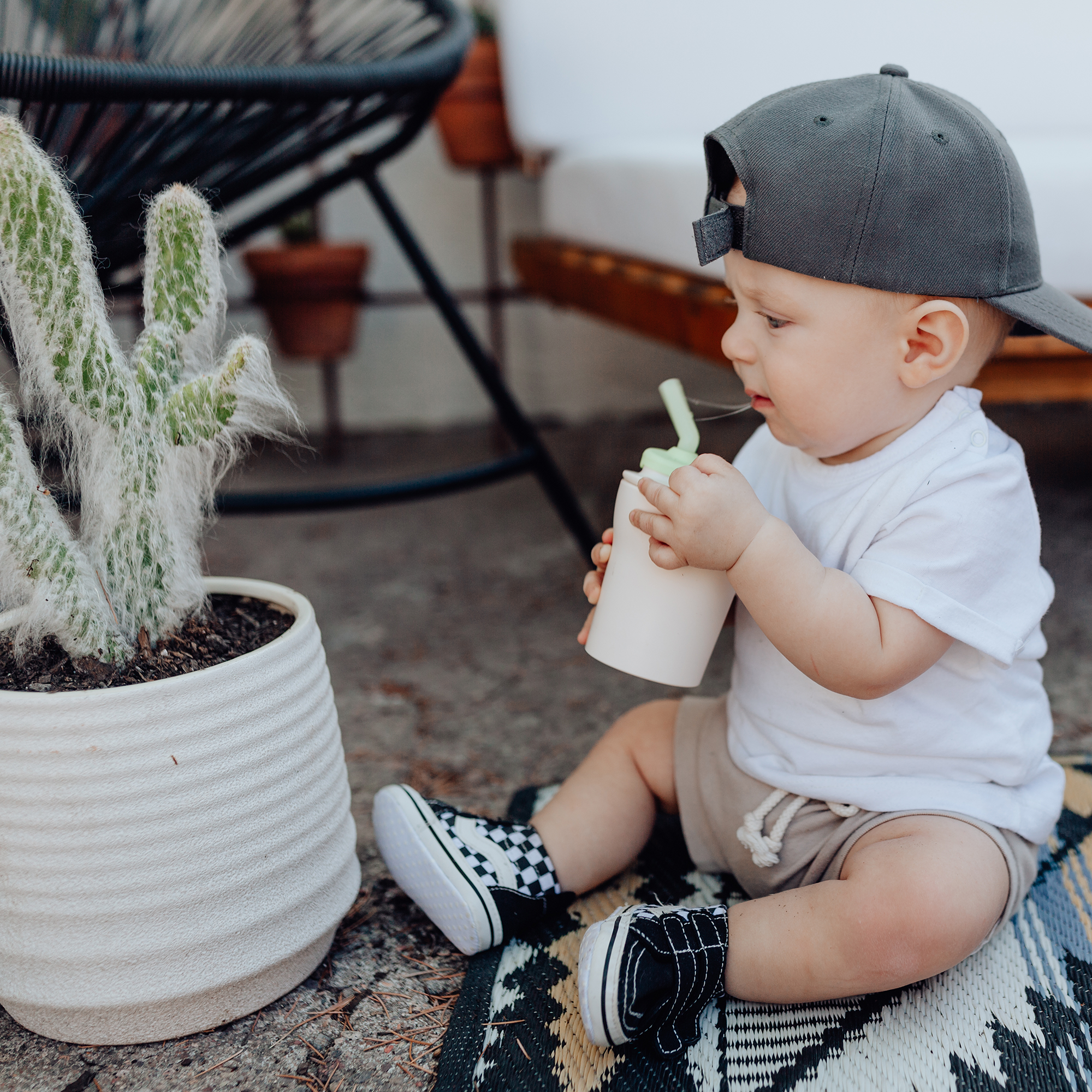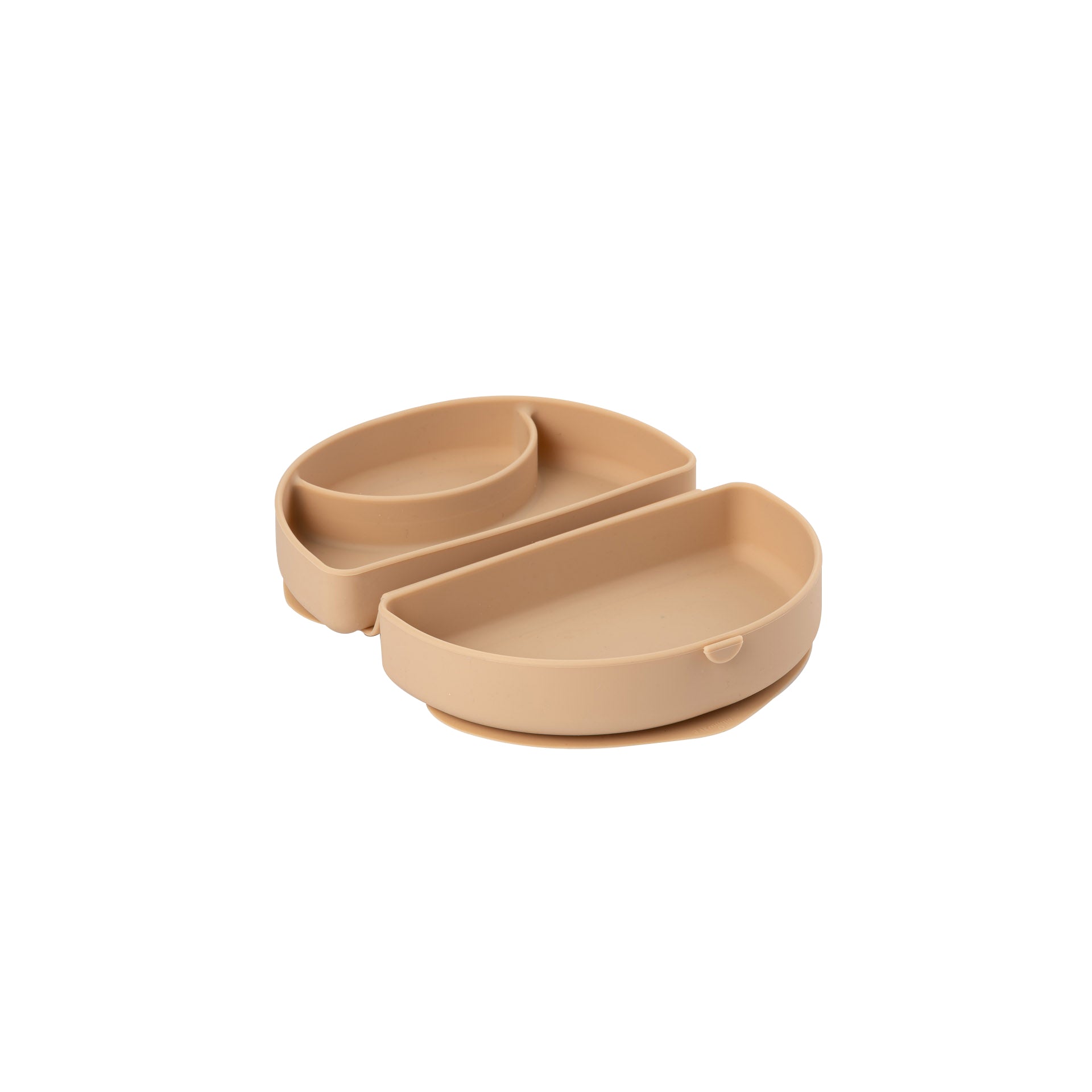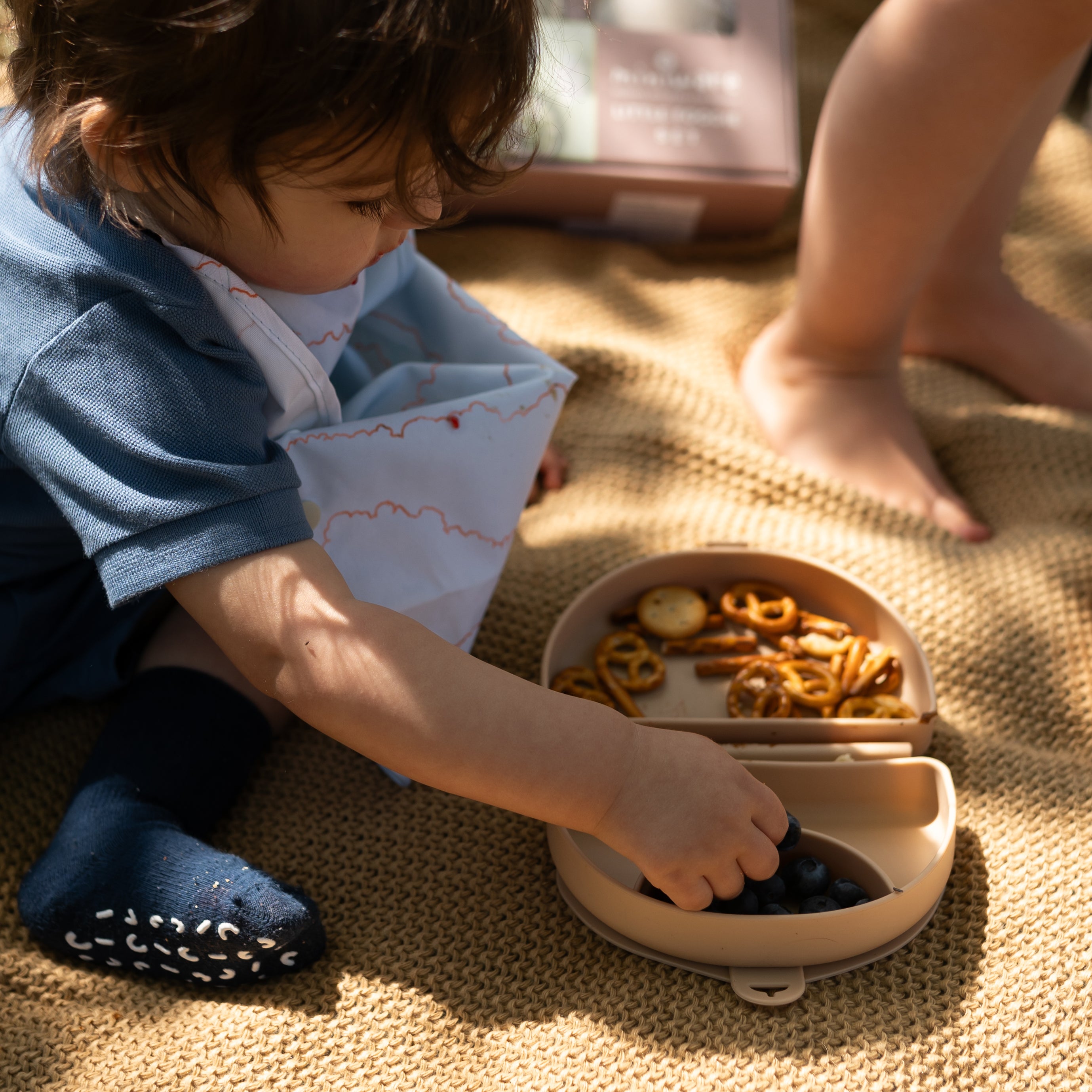One of the most valuable lessons we can impart to our children is that each of us is responsible as a steward of the planet to do our part in taking good care of it. Learning how to recycle at home is a great family activity to take part in to celebrate Earth Day, April 22.
Recycling at home is more than simply tossing paper and plastic containers into a recycling bin. Many products sent for recycling are rejected for a variety of reasons, so however well-meaning the intent was, they still end up in our waterways and landfills. Proper recycling takes a little education and effort on everyone’s part but with these few steps, you will be well on your way to becoming a better friend to the planet!
Find out what products your local recycling center accepts and rejects. If you have home service, visit your recycling provider’s website and print out a list of what products they recycle. Post this in a prominent place, such as near your household recycling bin, where your family can refer to it. For items that aren’t accepted curbside, find out if there are alternative centers you can bring these products to and start a new recycling box or bin just for these. If you don’t have a home recycling service, find out where your closest recycling center or box is and who services it to find a list of recyclable products.
Prepare your recycling properly. All items in your recycling bin should be clean, dry and free of contaminants such as mixed-material films and food. Some recycling programs accept bottlecaps, some do not. Some programs ask that labels and plastic films are removed from bottles, some don’t. It’s important to know exactly what your recycling program requires!
Learn how to prepare plastic bottles for recycling here.
Use your green bin for food scraps. The green bins are for more than just yard waste. You can also recycle certain food products and food-soiled paper here too, such as paper towels and plates. For produce, remove any plastic ties, stickers or other non-edible materials. Never put plastic in your green bin! Collect your food scraps such as peels, peelings, coffee grounds, eggshells and other compostable items; you can store them in a plain paper or other compostable bag or a small kitchen pail. Deposit them in your green bin for weekly pick-up.
Take hazardous and e-waste to the appropriate facilities. Help keep the earth green by making sure chemicals and other hazardous materials don’t end up in our water and land! Common household items such as paint, fertilizer, motor oil, pesticides and pool chemicals as well as batteries, old electronics, and fluorescent lightbulbs can be dropped off at your local hazardous waste facilities. Some regions even offer special home pick-up for these items.
As you can see, there’s more to learn about how to recycle at home than just sorting paper and plastic! Soon you and your kids will be experts on your local recycling programs and making a greater impact on saving the planet. Happy Earth Day!
